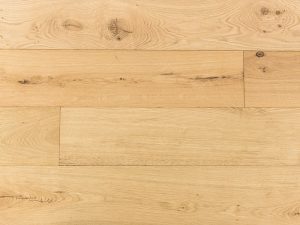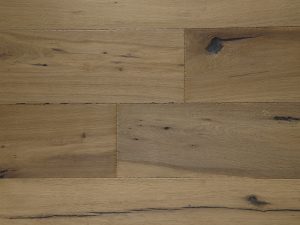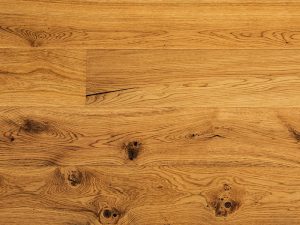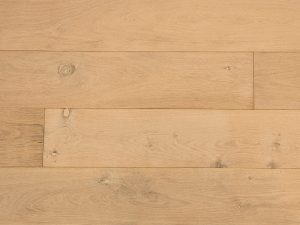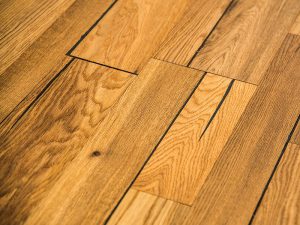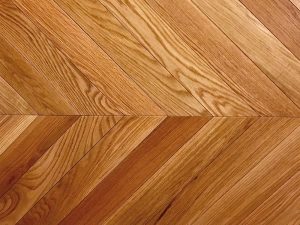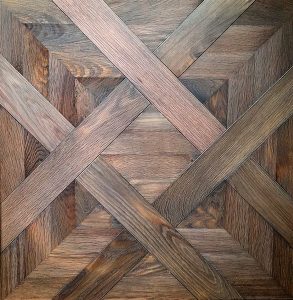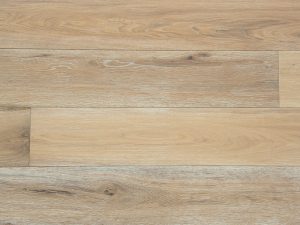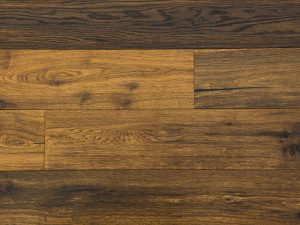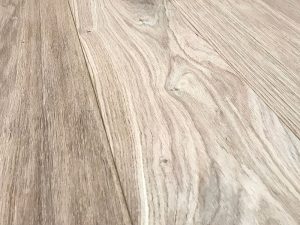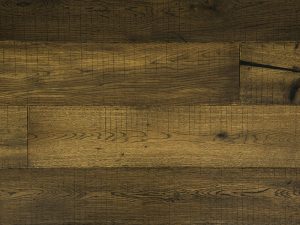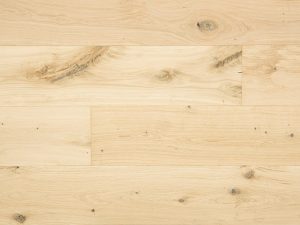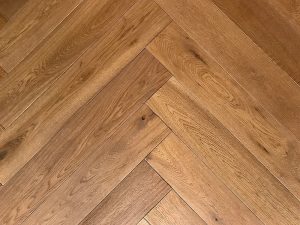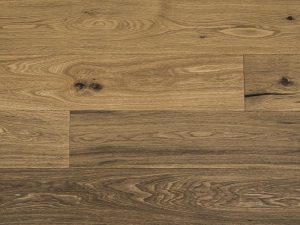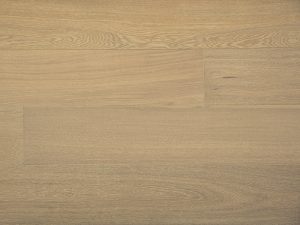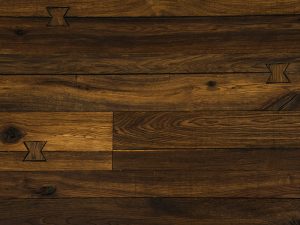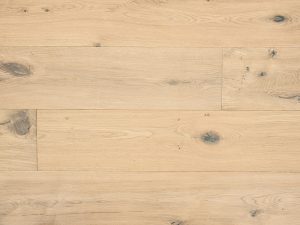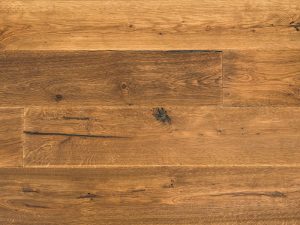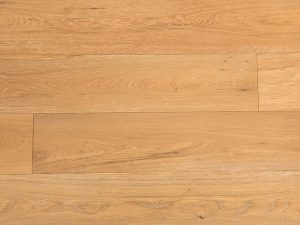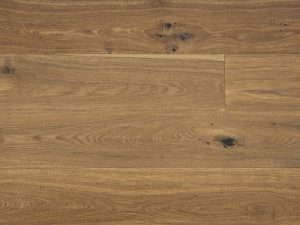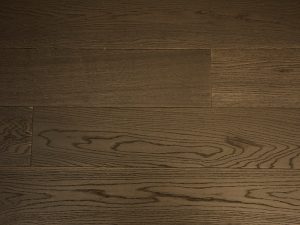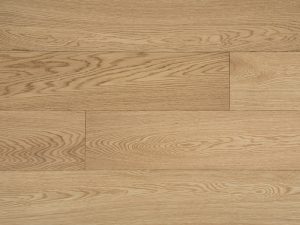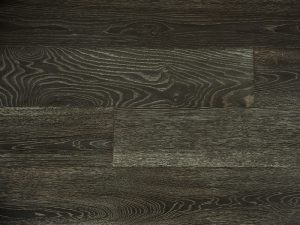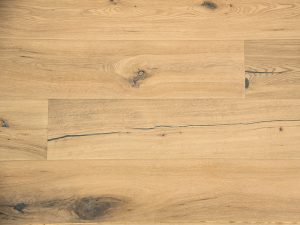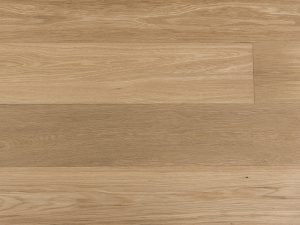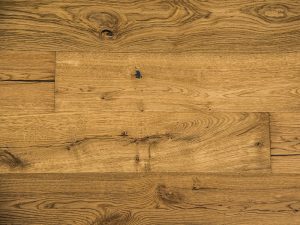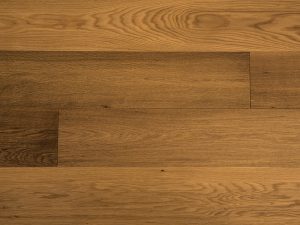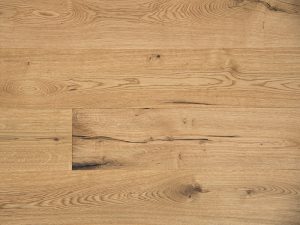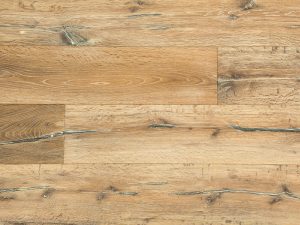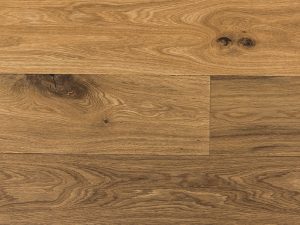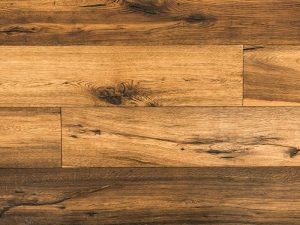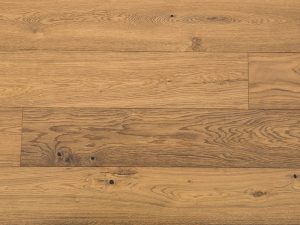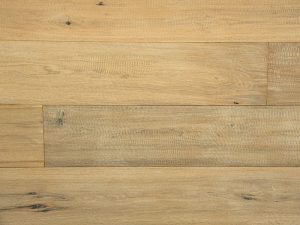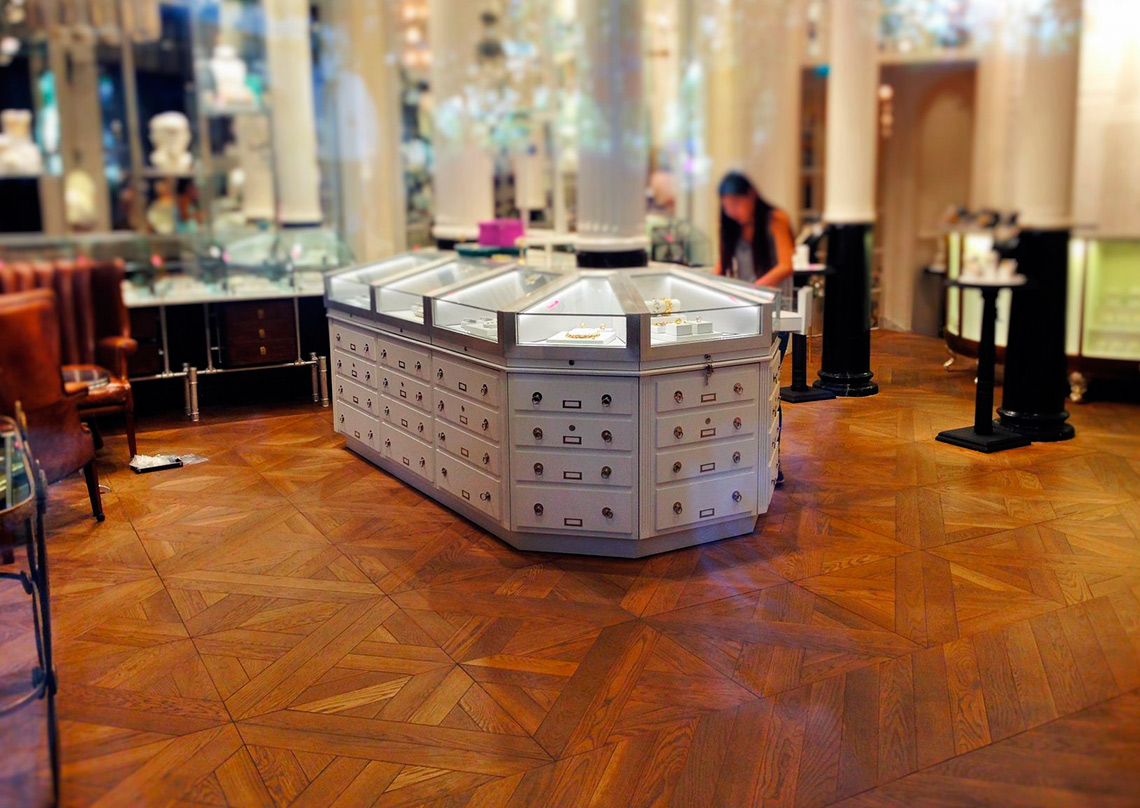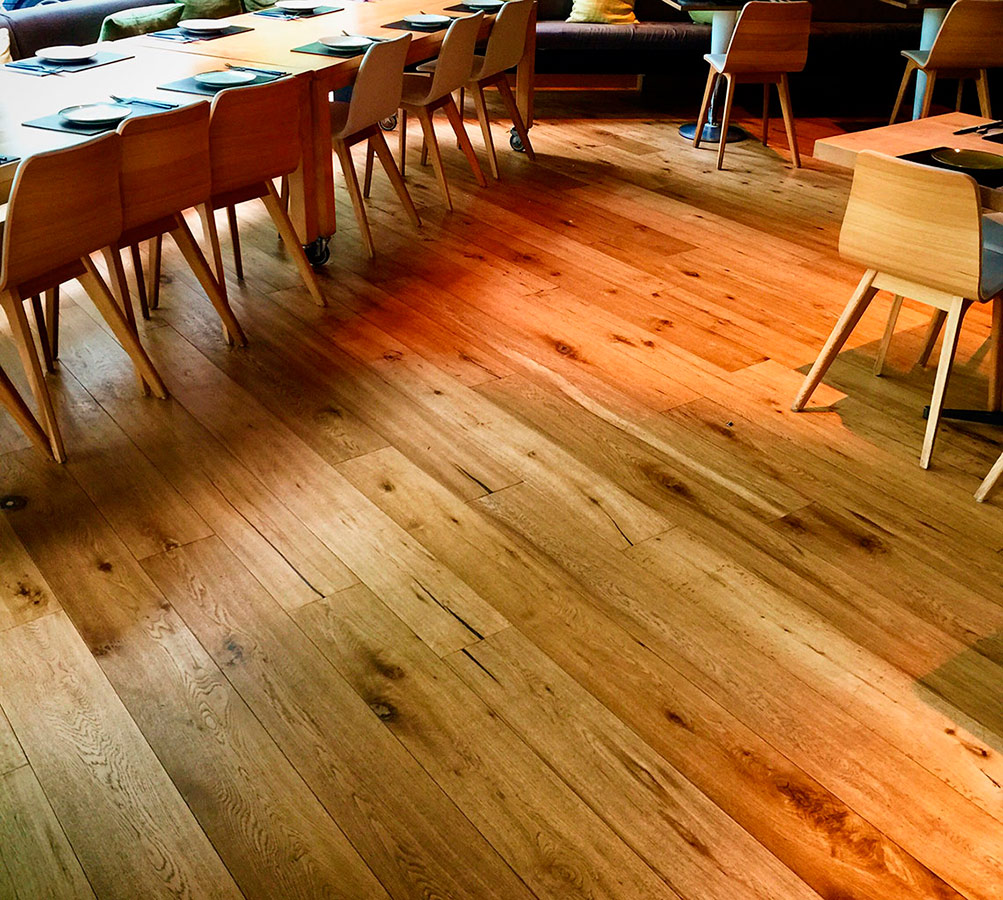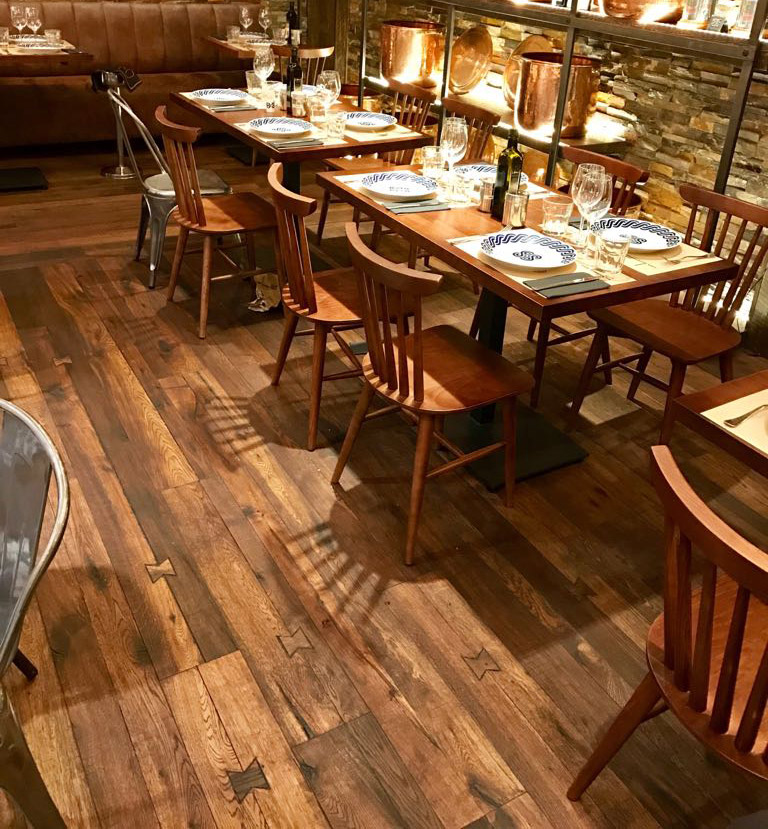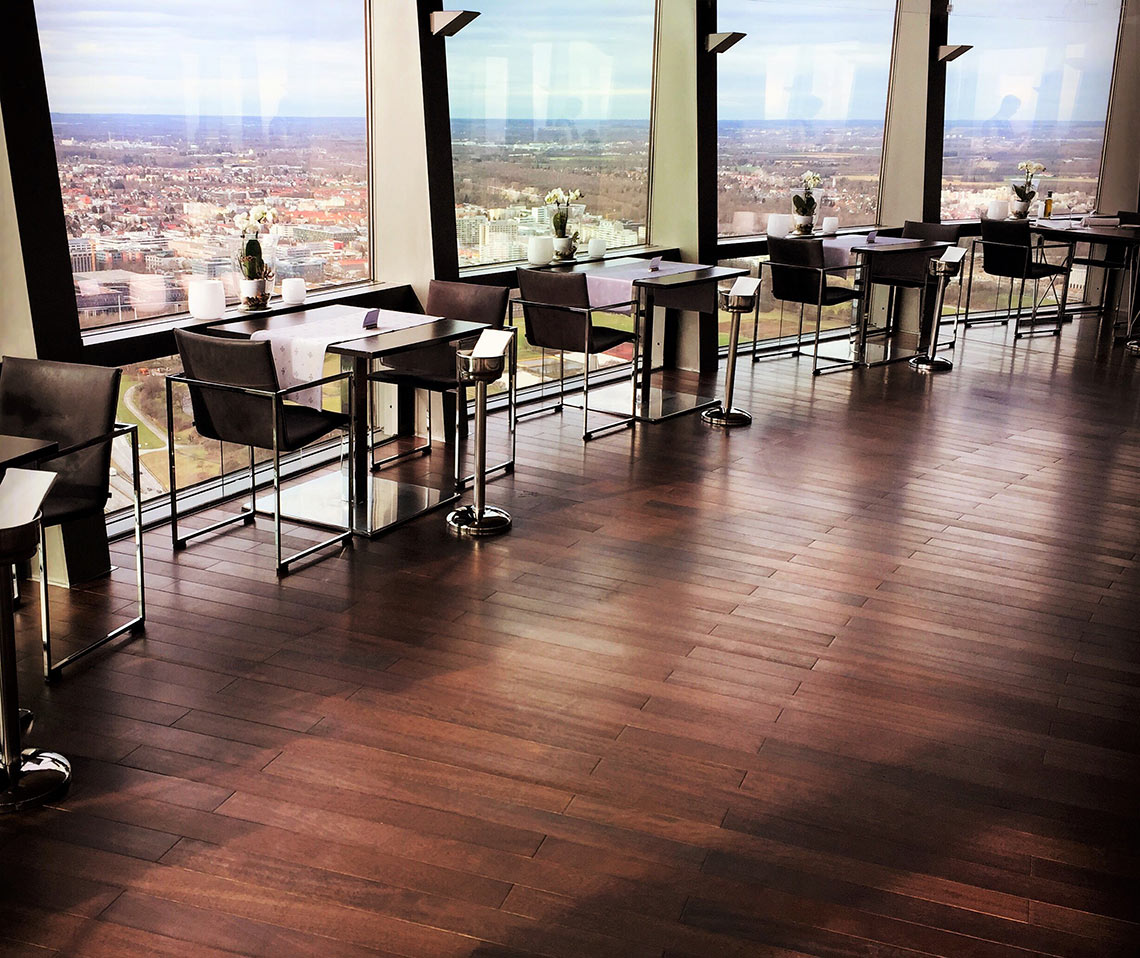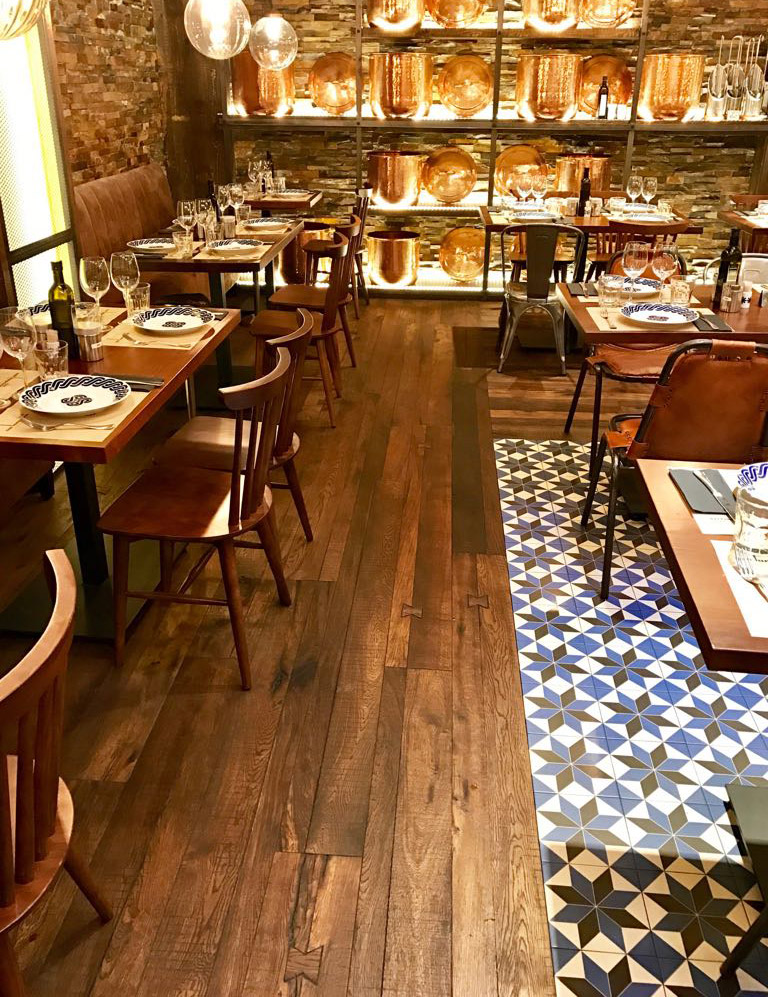Engineered wood floor is a versatile alternative to solid wood. Unlike solid hardwood, which is one piece of wood milled from a tree, engineered wood flooring is actually made of several wood plies (layers) that are fused together under heat and pressure.

Engineered Wood Parquet
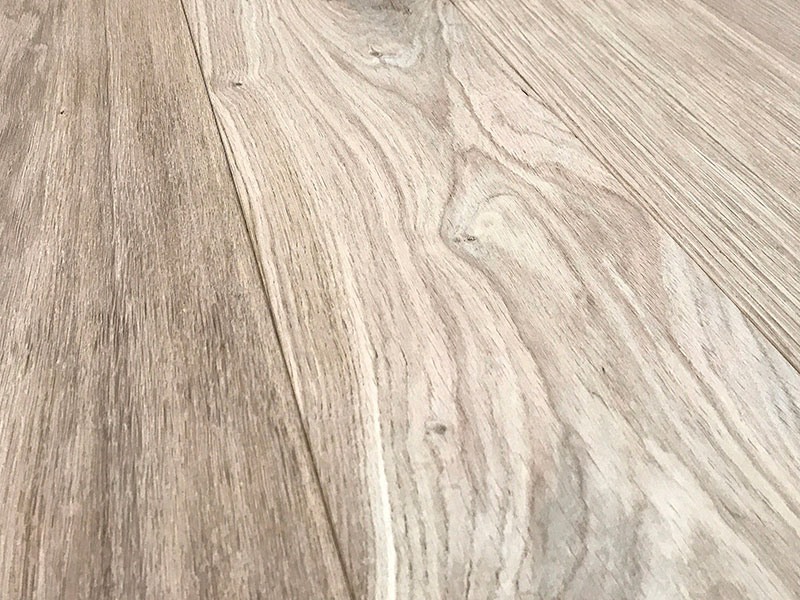
Description
Engineered wood flooring has other benefits beyond dimensional stability and universal use. Also available with a patented installation system which allows for not only faster installation but also easy replacement of floor boards. Engineered wood floor also allows for a floating installation where the planks are not adhered to the subfloor or to each other, further increasing ease of repair and reducing installation time in projects. It is also suitable for underfloor and radiant heating systems.
Engineered wood floors are low on emissions and allergens and ensure pleasant indoor conditions. Furthermore, thanks to its top wood layer, it has a regulating effect on the indoor climate, a long life cycle and can be renovated numerous times and easily cleaned, making it perfectly suitable for almost any application.
COMPOSITION
Engineered wood flooring is constructed from multiple plies of wood with a solid wood top layer. The intermediate layer comprises cross layers of plywood or wood that is pressed to create a strong, stable core. At the bottom is a hardwood backing. Engineered flooring is offered in a variety of thickness levels so it can be used in a wide-range of applications without odd transitions between different flooring materials.
Characteristics
COMPOSITION
Engineered wood flooring is constructed from multiple plies of wood with a solid wood top layer. The intermediate layer comprises cross layers of plywood or wood that is pressed to create a strong, stable core. At the bottom is a hardwood backing. Engineered flooring is offered in a variety of thickness levels so it can be used in a wide-range of applications without odd transitions between different flooring materials.
FORMATS
- Plank
- Chevron
- Herringbone
ENGINEERED VS. SOLID HARDWOOD FLOORING
- Made of 100% wood
- Easy to install
- Less expensive than solid wood
- High durability
Technical Information
| Thickness (mm) | 10 | Types of Wood | Oak | |
| 13 | Walnut | |||
| 14 | Eucalyptus | |||
| 15 | Maple | |||
| 18 | Iroko | |||
| 20 | Doussie | |||
| Sapelly | ||||
| Width (mm) | 120 | Teak | ||
| 148 | Wenge | |||
| 190 | Larch | |||
| 220 | ||||
| 240-260 | Special Finishes | Irregular sawn cut | ||
| 300 | Smoked | |||
| 360 | Elephant skin | |||
| 600 | Brushed | |||
| Hand scraped | ||||
| Standard Finishes | Natural oil finish | White UV oil | ||
| Lacquered | Distressed | |||
| Unfinished | Aged | |||
| White or Black washed | ||||
| Format | Plank | Black filled wood cracks | ||
| Chevron | Open wood cracks | |||
| Herringbone | Wooden butterfly plugs | |||
| Wooden plugs | ||||
| Knots up | ||||




